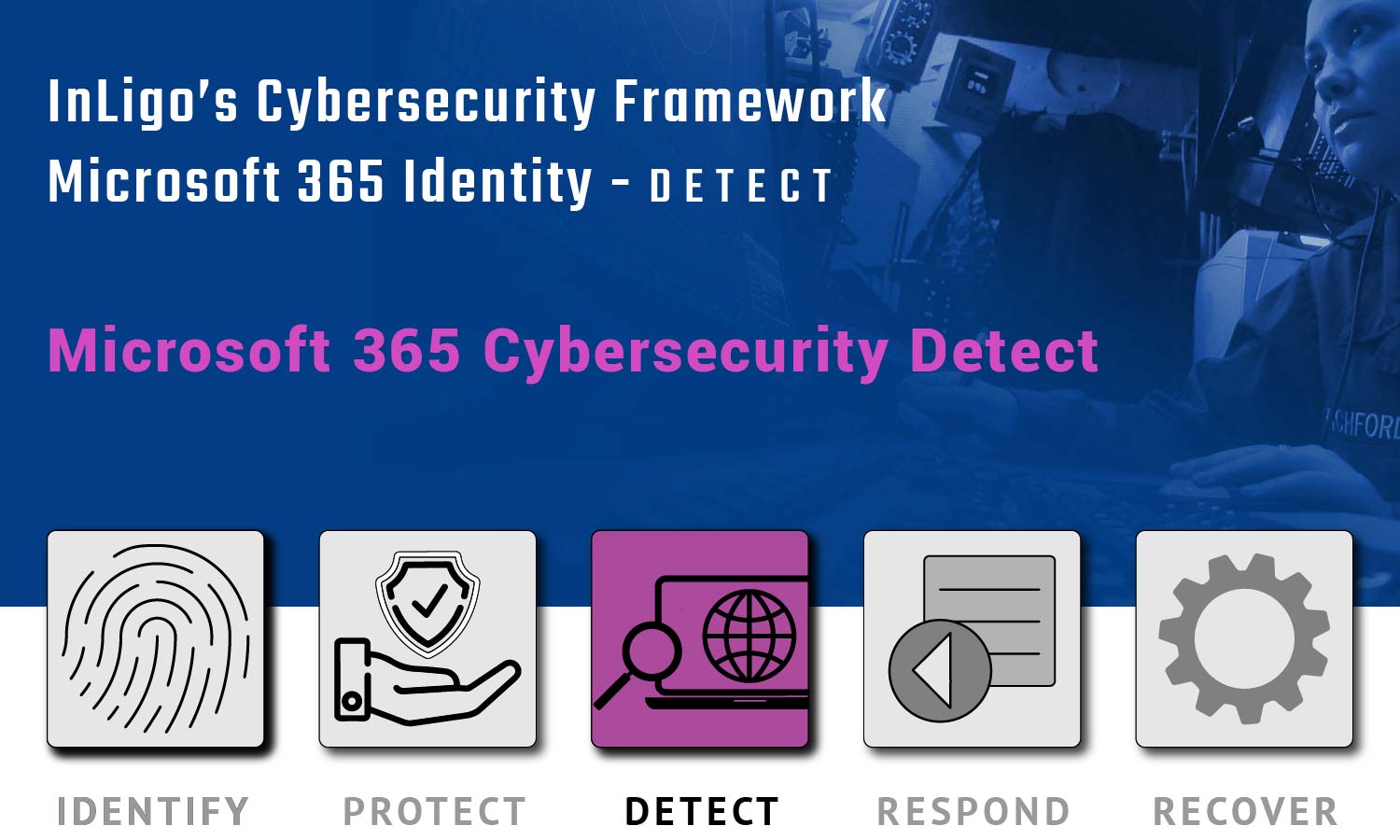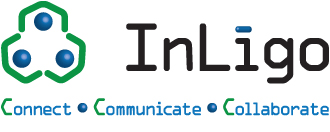
InLigo’s Cybersecurity Framework includes Microsoft 365 Identity – DETECT, along with our security guidelines and solutions for Microsoft 365, to enhance your cybersecurity posture.
Microsoft 365 Cybersecurity Detect is a feature of Microsoft 365 that helps you detect and respond to potential cyber threats. It uses machine learning and other advanced technologies to identify suspicious activity in your organization’s networks, devices, and accounts. With Cybersecurity Detect, you can receive alerts about potential threats, investigate them, and take appropriate action to prevent them from causing harm. Some of the types of threats that Cybersecurity Detect can help you detect include phishing attacks, malware infections, and unauthorized access to data. You can also use Cybersecurity Detect to set up custom alerts and response actions based on your organization’s specific needs and requirements.
WHAT IS YOUR SECURITY SCORE?
Detection Processes
Microsoft 365 detection processes refer to the methods and technologies that Microsoft 365 uses to identify and respond to potential security threats. These processes include:
Real-time monitoring: Microsoft 365 uses various tools and technologies to monitor potential security threats in real-time, including artificial intelligence and machine learning algorithms.
Threat intelligence: Microsoft 365 receives threat intelligence from various sources, including its own products and services, industry partners, and government agencies. This intelligence helps Microsoft 365 to identify and respond to emerging threats.
Response and remediation: Once a potential security threat has been identified, Microsoft 365 has processes in place to respond and remediate the threat. This may include blocking malicious traffic, quarantining infected files, or issuing alerts to users and administrators.
Post-incident analysis: After a security incident has been addressed, Microsoft 365 conducts a post-incident analysis to identify any weaknesses in the organization’s security posture and make recommendations for improvement.
Overall, the goal of Microsoft 365 detection processes is to quickly identify and respond to potential security threats, minimize the impact of security incidents, and help organizations to improve their cybersecurity posture.
InLigo’s Discovery Questions
- Are roles and responsibilities for detection of events defined at your company?
- Define these events.
- Have you tested your detection processes that are in place across your security stack?
- How is event detection communicated to the end users at your company?
- How often do you review your detection processes?
Microsoft 365 Solution
Security Center
Microsoft 365 Security Center is a central location within the Microsoft 365 admin center that provides tools and resources for managing an organization’s cybersecurity posture. It includes features such as:
- Real-time threat protection: Microsoft 365 Security Center monitors for potential security threats in real-time and provides alerts and recommendations for responding to these threats.
- Vulnerability management: Microsoft 365 Security Center provides tools and resources for identifying and addressing vulnerabilities in the organization’s systems and applications.
- Compliance management: Microsoft 365 Security Center helps organizations to meet compliance standards by providing tools and resources for managing data privacy and security.
- Identity and access management: Microsoft 365 Security Center provides tools and resources for managing user identities and access to resources within the organization.
Business Case
You are starting to see your users at XYZ Corporation engage you about certain events over emails, phone, texting, and your internal chat tool. You begin to realize these requests are getting very hard to track and everyone your company responds to them in an ad hoc function with no definition of who owns what task.
Action Items
- Make sure your event detection process is clearly defined and communicated with the company.
- Review your event detection processes quarterly to see if there are things you can improve on.
- Incorporate the threat management dashboard as part of your event detection process.

